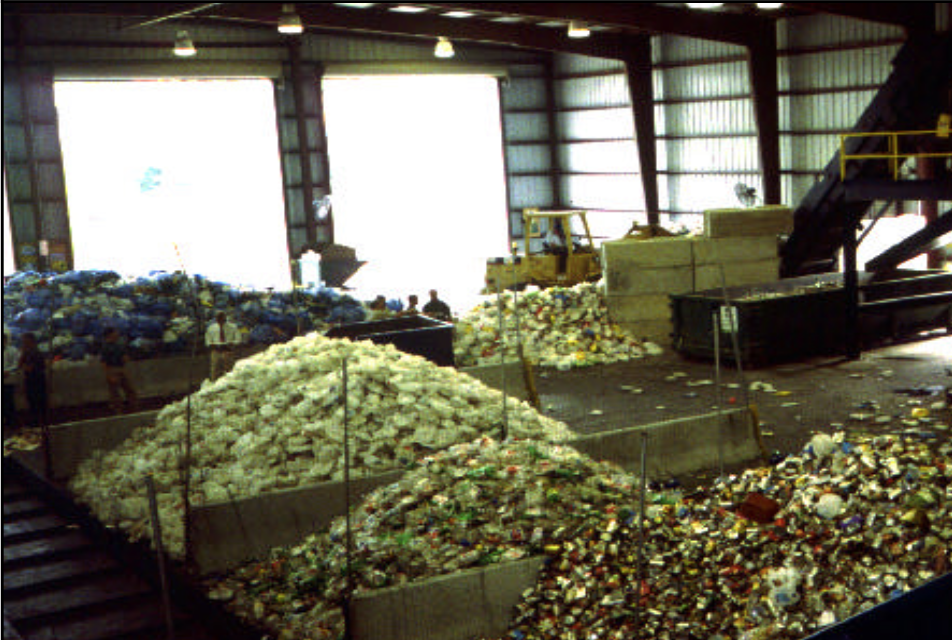Waste Reduction and Florida’s Municipal Solid Waste (MSW) Management System

Source: Florida DEP
Waste Reduction is an integral part of Florida’s municipal solid waste (MSW) management system. Waste reduction in Florida is measured by assessing the amount of waste that is not being combusted in one of the State’s waste-to-energy facilities or buried in one of its landfills. The most recognizable form of waste reduction in Florida is recycling. Florida Statute 403.706 establishes two goals for waste reduction and recycling:
- Counties with populations greater than 75,000 are required to meet a 30% adjusted waste reduction rate for all MSW by the end of calendar year 1994. Counties with populations below 75,000 may elect to provide residents the “opportunity to recycle” in lieu of achieving the 30% reduction goal.
- All counties shall initiate a recycling program designed, at a minimum, to recover a majority of the newspaper, glass, aluminum cans, plastic bottles and steel cans from the solid waste stream
When assessed on a per capita basis, the level of waste disposed is steadily declining. Since 1990, the State has achieved a 25 percent reduction of MSW disposed per person.
Progress Toward Meeting the 30% Recycling Goal
- Florida Statute 403.706(4)(a) requires that no more than one-half of the 30 percent waste reduction/recycling goal can be met by a combination of certain wastes: yard trash, white goods, C & D debris, tires, and process fuel. Process fuel is composed of pre-treated yard trash, wood and paper waste used in process boilers.
- A county’s unadjusted recycling rate is calculated by dividing the weight of recycled MSW by the total weight of MSW. Recycling rates are then adjusted to reflect the statute requirements for special waste. The adjusted recycling rate is determined by first calculating the percent of special waste recycled. Divide the total weight of special wastes recycled by the total weight of all MSW. If the result is less than 15%, no adjustment is needed. If the result is greater than or equal to 15%, take the unadjusted recycling rate percent, subtract the percent of special waste recycled, and add 15%. The result will be the adjusted recycling rate. Figure 11 represents Florida’s annual progress in recycling.
Recycling and Florida’s Economy
- The Florida Department of Commerce (FDC), in coordination with FDEP, gathered economic information on Florida’s recycling industry in 1995. Findings from the study indicated that over 13,000 men and women were employed in some recycling capacity in Florida and almost 95% of these jobs were in the private sector. To put this in context, more people in Florida were employed in the recycling industry than in the mining or primary metals industries in 1995. In addition, the study found that the annual wage of a full-time recycling employee in 1995 was estimated to average just over $21,000. The findings also indicated that recycling activity throughout Florida has required a significant investment of time and resources by both the private and public sectors… an estimated $2.7 billion has been invested in Florida’s recycling infrastructure since 1988-89.
Posted in: Company News
Leave a Comment (0) ↓
